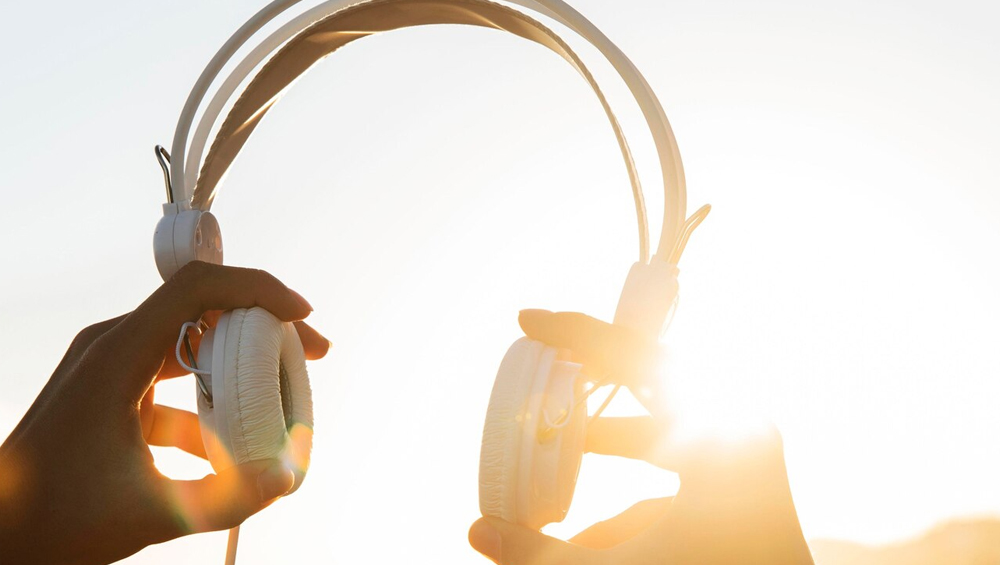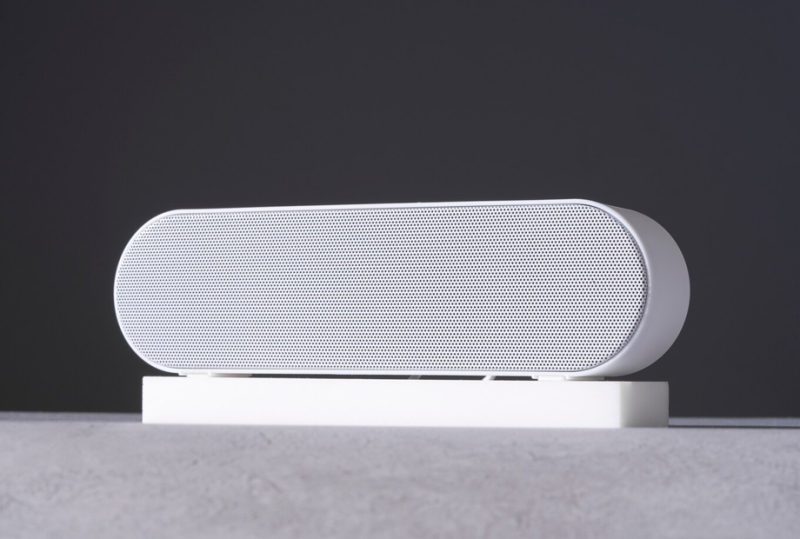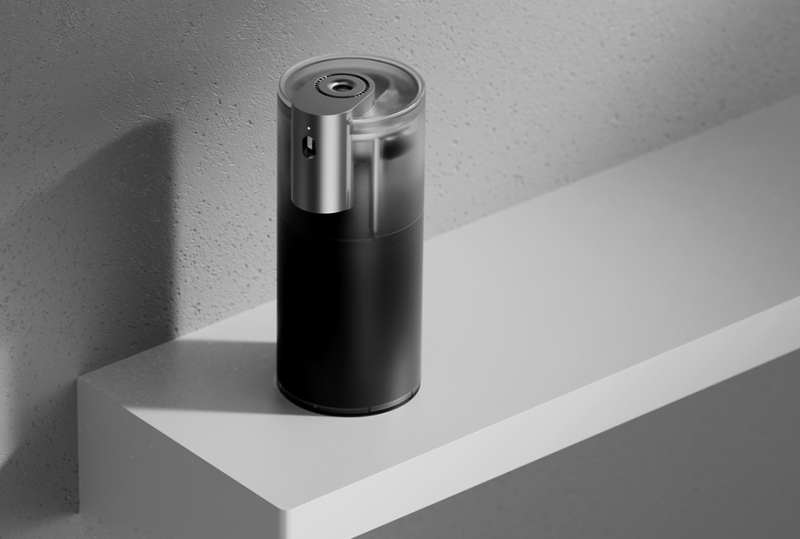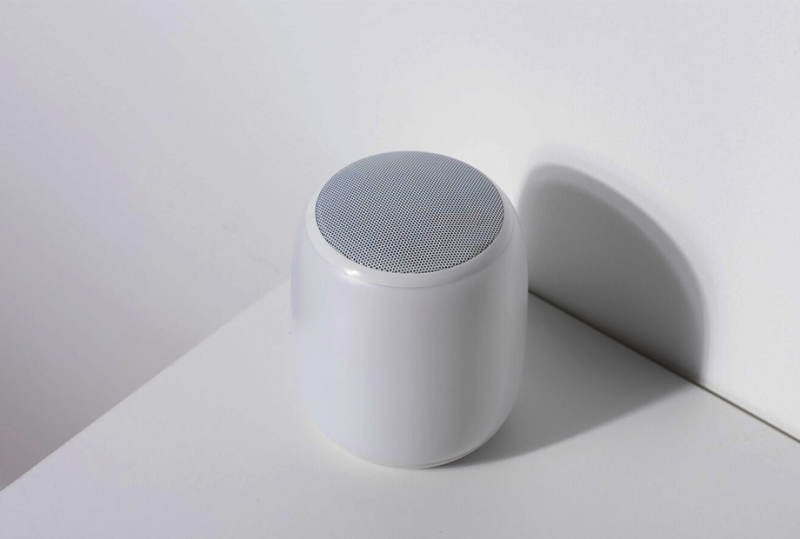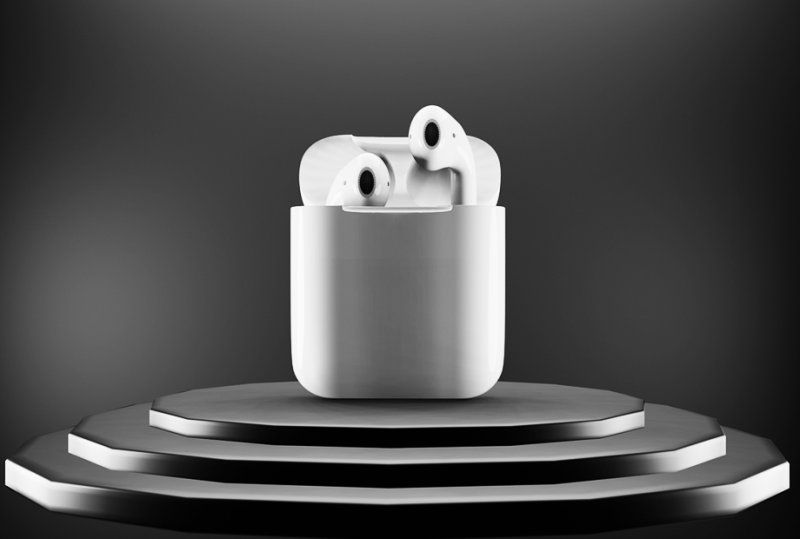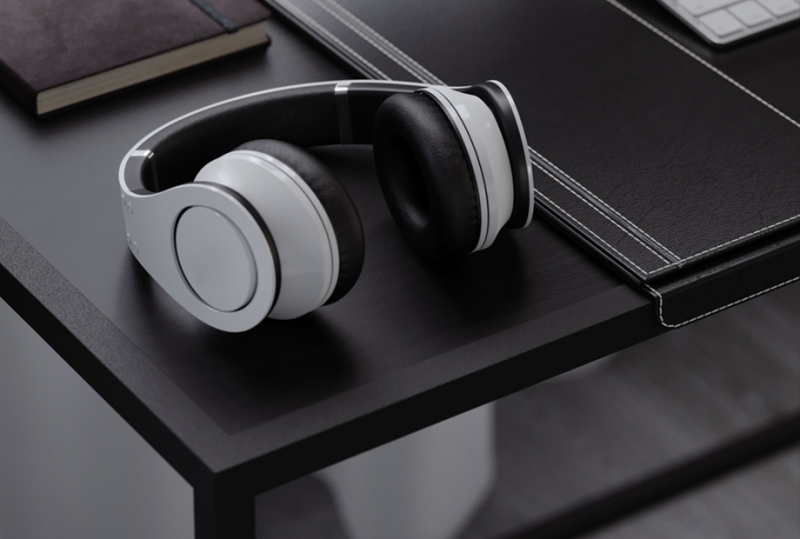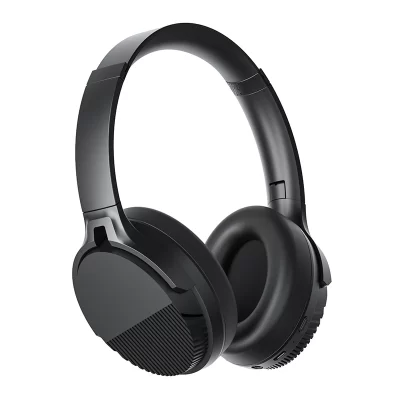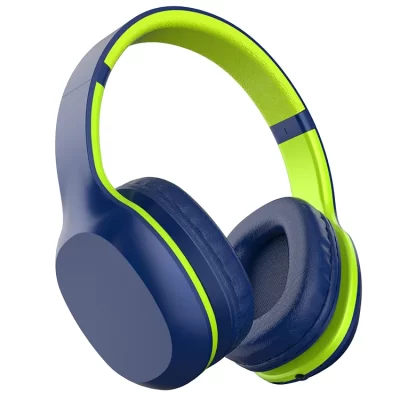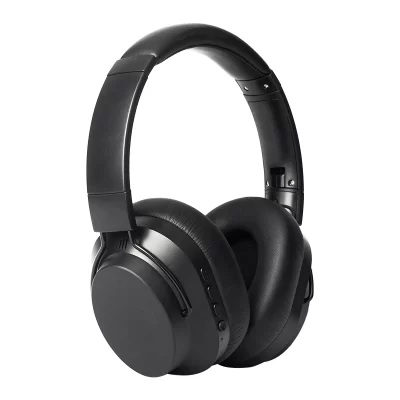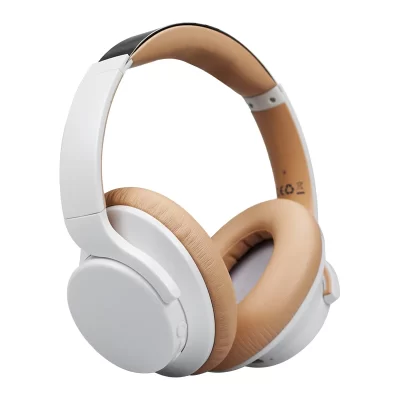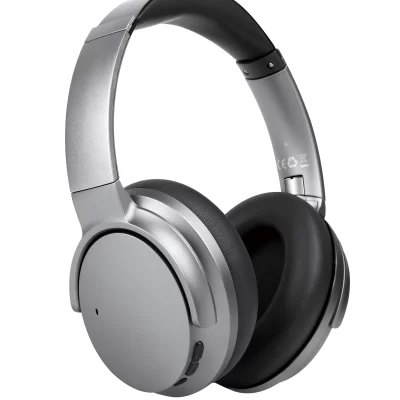Noise-cancelling headphones have become increasingly popular for their ability to block out unwanted sounds, creating a quieter and more focused listening experience. They are especially useful in noisy environments, helping to reduce stress and improve concentration.
However, as we increasingly rely on this technology, a crucial question looms: Is Noise Cancelling Bad for Your Ears? Like any technology, noise cancelling headphones come with their own set of disadvantages. Some people worry that using them might be bad for our ears or hearing health.
In this article, we’ll dive into the truth behind these concerns. We’ll look at how noise-cancelling technology works, its potential effects on our ears, and tips for using these headphones safely.
How Does Noise Cancelling Work?
There are two main types of noise-cancelling: active and passive.
• Passive noise-cancelling utilizes the physical design and materials of headphones to create a barrier that reduces ambient noise. This method, similar to earplugs, involves thick padding and tightly sealed earcups to block external sounds, effectively isolating the listener’s ears from the surrounding environment, enhancing audio clarity without the need for electronic intervention.
• Active noise-cancelling technology works by using tiny microphones built into the headphones. These microphones listen to the sounds around you. Then, the headphones create a new sound that is the exact opposite of the noise. This new sound is called “anti-noise.” When the anti-noise mixes with the original noise, they cancel each other out. This process is called “destructive interference.” It’s like when two waves in the ocean crash into each other and flatten out. The result is a much quieter environment, allowing you to hear your music or silence more clearly.
Is Noise Cancellation Bad For Your Ears?
Noise cancelling headphones itself is not bad for your ears. However, improper use of noise-cancelling headphones can lead to potential hearing risks.
Noise cancellation technology, such as Active Noise Cancelling (ANC), works by reducing unwanted ambient noise, not by increasing the volume of what you’re listening to. The risk to your ears comes from listening to content at high volumes for prolonged periods, not the noise cancellation itself.
Practices That Lead to Risk
• High Volume Listening: Regularly listening to music or any audio at high volumes can damage the delicate structures inside your ears over time, leading to hearing loss.
• Extended Usage: Wearing headphones for too long without breaks increases the risk of hearing damage, as your ears are exposed to continuous sound.
• Ignoring Early Signs of Hearing Loss: Not paying attention to symptoms like ringing in the ears after headphone use could lead to worsening conditions.
• Lack of Volume Control: Failing to use built-in volume limiting features on devices encourages listening at levels that may be harmful over time.
While noise cancelling headphones can significantly enhance listening experiences by reducing background noise, it’s essential to use them responsibly to avoid potential harm to your hearing.
Safety Concerns Involving Noise-Canceling Headphones
When it comes to safety, there are a few concerns to consider with noise canceling headphones.
One of the main issues is the potential for users to become unaware of their surroundings. This can be particularly dangerous in situations where being alert is important, such as when crossing streets or in public spaces.
Additionally, there is a misconception that because noise-canceling headphones reduce external noise, it’s safe to listen to music at higher volumes. This is not the case, and exposure to loud sounds can still lead to hearing loss. Therefore, it’s essential to use these headphones responsibly and remain aware of your environment.
How to Prevent Hearing Damage When Using Noise-Cancelling Headphones?
To prevent hearing damage when using noise cancelling headphones, it’s important to follow some best practices.
Set Safe Volume Limits
To protect your hearing, it’s important to keep the volume at a safe level. A good rule of thumb is to set your volume at no more than 60% of the maximum. This helps prevent exposure to harmful noise levels that can lead to hearing loss.
Take Regular Breaks
Listening to audio for extended periods can strain your ears. Make sure to take breaks every hour or so to give your ears a rest. This can reduce the risk of hearing fatigue and long-term damage.
Use Noise-Cancelling Features Wisely
Take advantage of the noise-cancelling feature to keep the volume lower. By reducing background noise, you can listen to your audio clearly without needing to turn up the volume.
Monitor Listening Habits
Be mindful of how long and how often you use your headphones. Using apps or features that track your listening habits can help you stay aware of your exposure to sound and make adjustments as needed.
Choose the Right Fit
Ensure your headphones fit well and provide a good seal. This can enhance the effectiveness of noise cancellation, allowing you to enjoy your audio at lower volumes.
Check for Signs of Hearing Loss
Pay attention to any signs of hearing loss, such as ringing in the ears or difficulty understanding speech. If you notice any changes, it’s important to seek advice from a hearing professional.
Adhering to these guidelines not only safeguards your hearing but also enhances your listening experience.
Conclusion
The question “Is noise cancelling bad for your ears?” can be answered with a resounding no, provided that noise cancelling headphones are used responsibly. Active noise cancelling (ANC) technology offers a way to reduce background noise and enjoy a more immersive listening experience without cranking up the volume to potentially dangerous levels. However, it’s essential to use this technology wisely, taking regular breaks and choosing comfortable noise cancelling headphones or earbuds that suit your needs. By following these best practices, you can enjoy the benefits of noise cancellation without compromising your hearing health.

